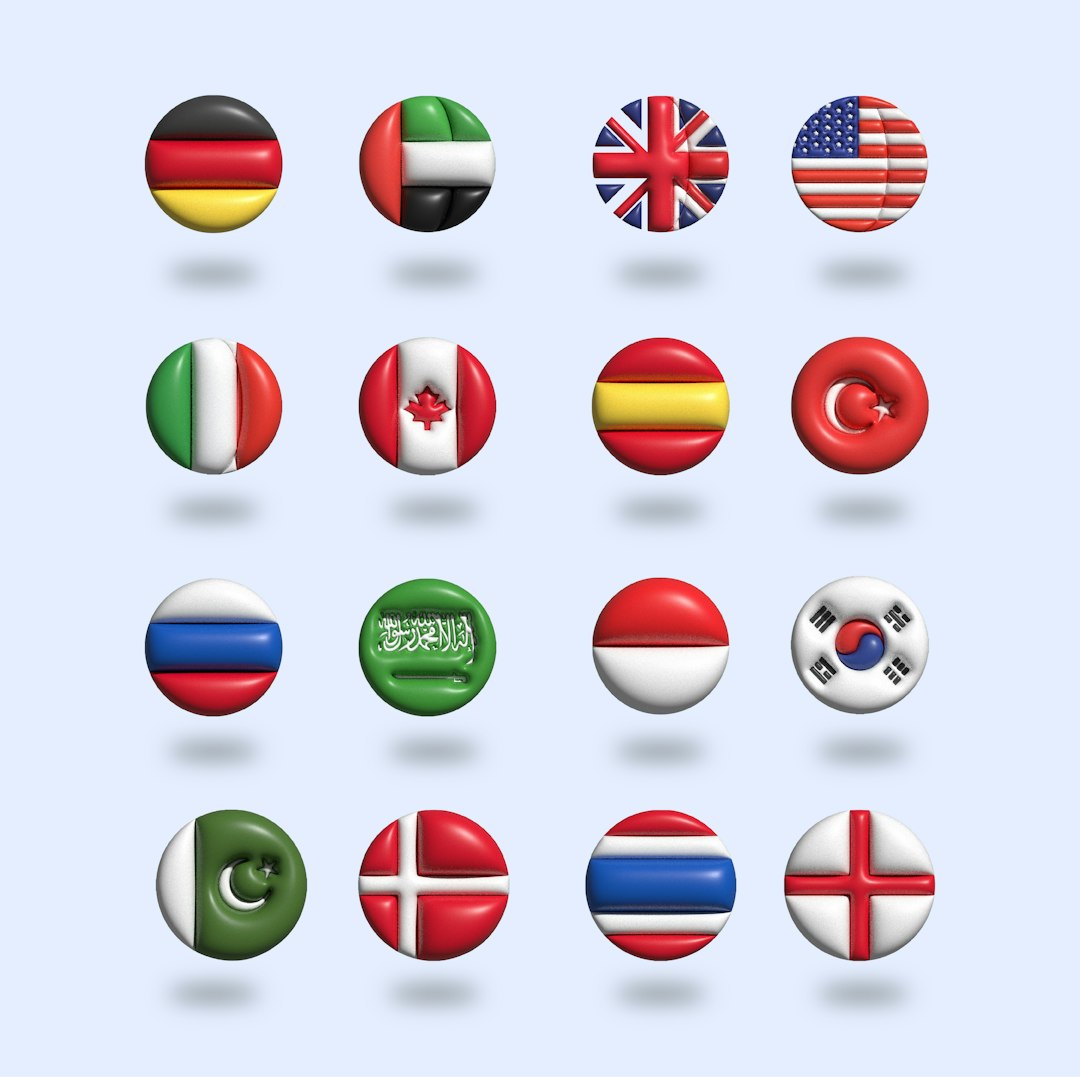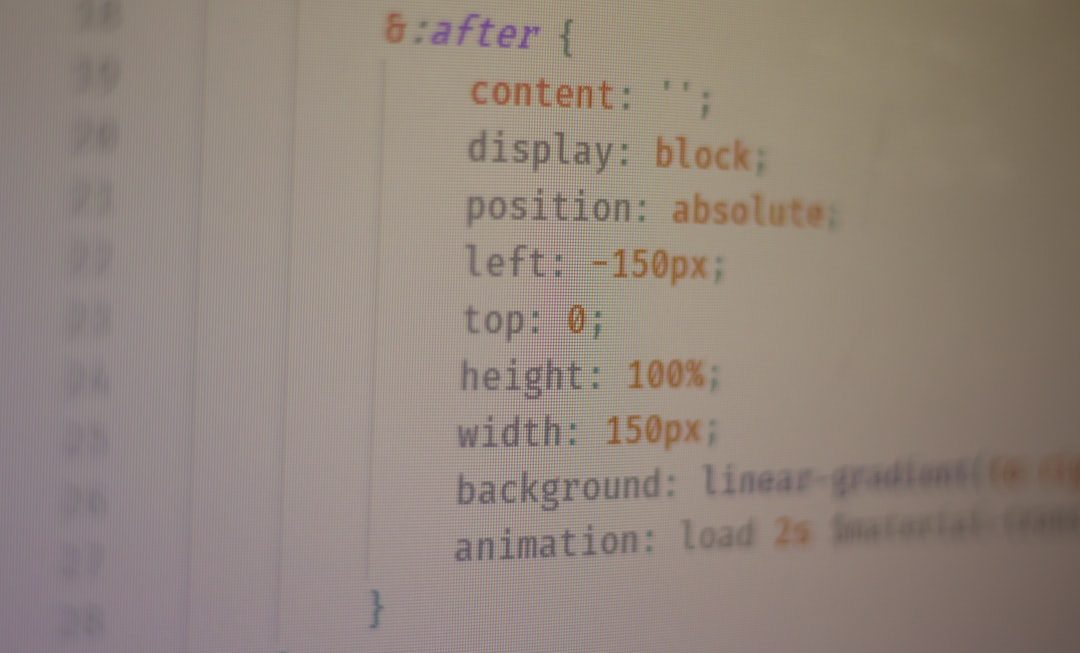As the app market becomes more saturated and fiercely competitive, localization is no longer a luxury—it’s a necessity. Global users now expect content to not only be translated but also culturally relevant, personalized, and intuitive. The stakes are high and the landscape is evolving at lightning speed, forcing developers and product managers to rethink their strategies regularly.
App localization goes far beyond mere translation. It encompasses cultural adaptation, regional usability adjustments, and legal compliance. This makes it a complex but critically important part of any global digital strategy. In today’s hyper-connected world, users demand a local experience, no matter where they are physically located. Delivering this requires coordination between language experts, UX/UI designers, developers, and local market researchers.

The Drive Behind the Evolution
Why has app localization become such a battleground? The answer lies in user expectations and competitive advantage. The global app market reached over $500 billion in 2023, with projections pointing even higher in the coming years. Localizing your app gives you direct access to non-English speaking markets such as China, India, Brazil, and parts of Africa, which are seeing explosive growth in internet and smartphone usage.
Moreover, with over 80% of app store users preferring apps in their native language, the pressure to localize has intensified. Developers are realizing that failing to localize—or doing it poorly—can mean lost revenue, negative reviews, or worse, irrelevance.
The Layers of Modern App Localization
Today’s localization isn’t about translating menus and buttons. It involves:
- Language Accuracy: Ensuring translations reflect the dialects and cultural nuances of the target audience.
- UI/UX Adaptation: Modifying layout, image placements, and design based on reading direction and cultural aesthetics.
- Payment Systems & Legal Compliance: Integrating local payment methods and ensuring that the app complies with regional laws and regulations.
- Marketing & App Store Optimization (ASO): Customizing app store listings, descriptions, and promotional materials per region to increase visibility and downloads.
For example, what’s humorous or appealing in the U.S. might need to be toned down or entirely replaced in Japan or the Middle East. Overlooking these subtle issues can lead to user disengagement or even backlash.
Technological Tools Changing the Game
Advancements in technology have greatly influenced the app localization process. Automation, aided by AI and machine learning, now allows for quicker translations and dynamic content adaptation. Tools like translation management systems (TMS) and continuous localization frameworks enable developers to integrate updates swiftly while maintaining quality.
Some popular tools and frameworks include:
- Phrase: A translation management system that enables collaborative localization.
- Lokify: Easy string management and integration with CI/CD pipelines.
- Google’s ML Kit: Allows real-time translation and language recognition in app functionalities.
However, while automation speeds up the process, human oversight remains crucial, especially when it comes to contextual accuracy and brand tone.

Adapting to Constant Change
Staying competitive in the localization arena requires continuous vigilance and flexibility. Language evolves, global events shift cultural perceptions, and market dynamics change. For example, new regional slang or trending memes might alter how users interpret certain phrases in an app. Localization isn’t a one-time effort; it’s an ongoing strategy.
Another major change is the increased demand for inclusive localization. This refers to making localization decisions that consider differing values, gender norms, and accessibility needs. Forward-thinking companies are leveraging user feedback and A/B testing in different regions to refine their localization strategies continuously.
Conclusion: Success Through Localization
In this hyper-competitive and rapidly shifting landscape, app localization is more than a checkbox—it’s a strategic pillar that can define your product’s success or failure. Those who invest in intelligent, nuanced, and technologically advanced localization will not only reach more users but also build lasting trust and engagement.
Whether you’re a solo developer or an enterprise team, the message is clear: adapt, localize, and evolve—or risk being left behind in a marketplace that’s truly global and more user-centric than ever before.




